- There's really a lot of math involved in electrical and electronicengineering. How much you do depends on what area of EE (shorthand for electrical and electronic engineer) you do.
- For example, there's a lot more abstract math in communication theory and signal processing, and many more very direct calculation differential equations in circuit theory and systems design.
- Circuit theory at its simplest form is really differential equations, which is basically solving equations involving derivatives, so you need some CALCULUS and ALGEBRA and TRIGONOMETRY are fundamental to understanding it. Every basic circuit element (resistor, capacitor, inductor) has arelated current-voltage relation determined by its impedance. This iswhere COMPLEX NUMBERS come in.
- If we move on to the theory of "how" electromagnetism works, we haveMaxwell's equations. These pretty much form the basis for EE. They are written in both integral and derivative forms and involve vectors. So, suddenly, we also have VECTOR CALCULUS.
- If we move to Communication Theory/Information Theory, a mathematician named Claude Shannon developed a mathematical theory to explain various quantities related to how to communicate between devices.Communication Theory is used everywhere, from RADAR, to telephones, to devices within computers. The underlying theory requires at least CALCULUS , some LINEAR ALGEBRA , some MEASURE THEORY, etc.
- Even wavelets, which have revolutionized signal processing, were discovered by mathematicians early in the 20th century, but not used by engineers until 20 years ago.
In general, it is not possible to do EE without math.
Each abstract mathematical theorem somehow finds its use in EE.
Each abstract mathematical theorem somehow finds its use in EE.


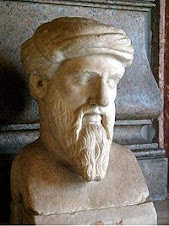


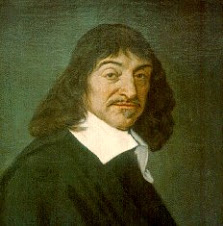

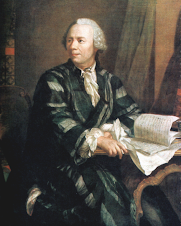
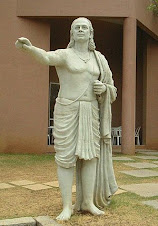

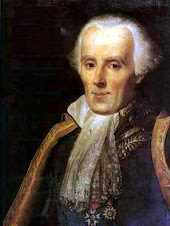




Nice information.
ReplyDelete